Results
-
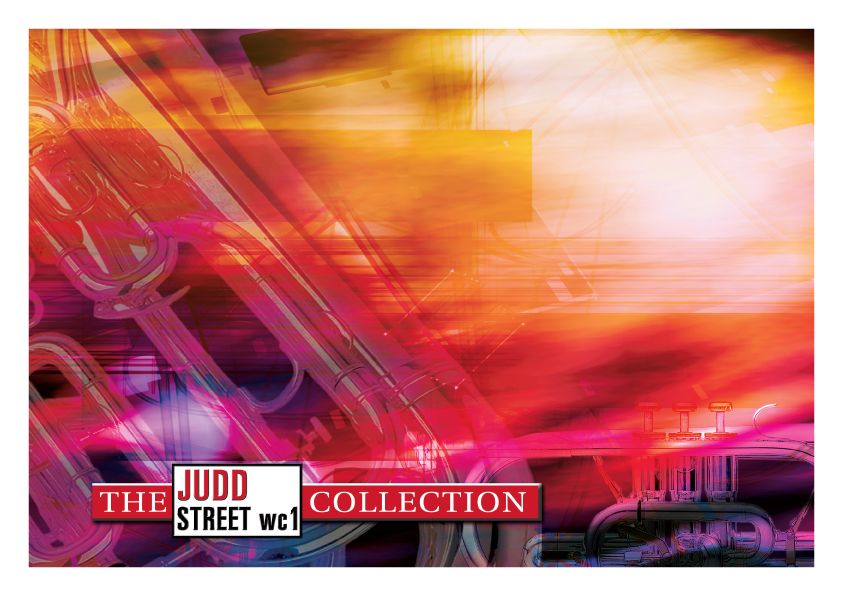 £44.95
£44.95The Dawning (Brass Band - Score and Parts)
This early Peter Graham work in Sinfonietta form, takes as its central theme Joy Webb's original melody 'There will be God', which speaks of 'the dawning of a brand new day'. Peter Graham's dramatic treatment takes us into a world of 'cosmic power' and evokes ideas that one day wars will end as God will rule supreme.
Estimated dispatch 7-14 working days
-
£50.90
A Whole New World (Brass Band - Score and Parts)
from Aladdin. Grade: Very Easy/Easy. (No.72 in the Easy Brass Band Series)
Estimated dispatch 7-14 working days
-
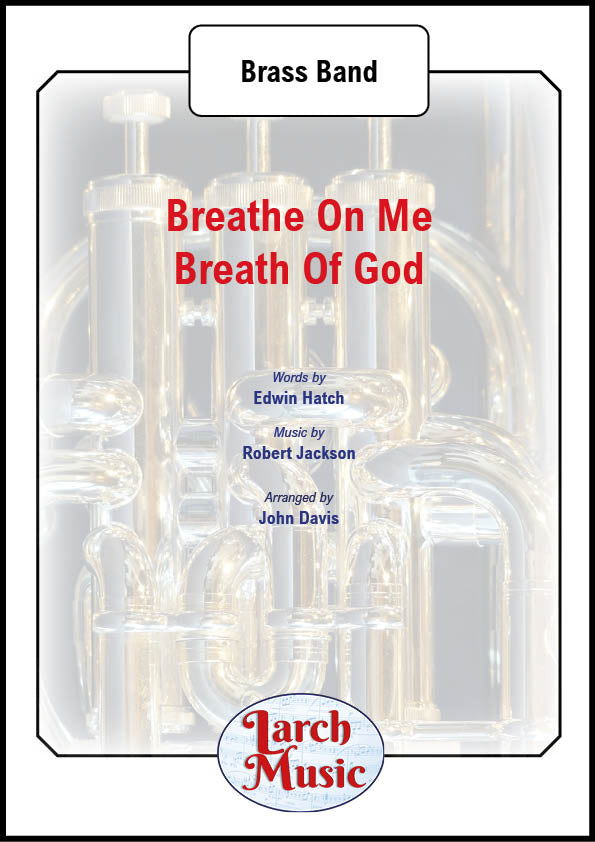 £25.00
£25.00Breathe On Me Breath of God - Brass Band Sheet Music Full Score & Parts - LM942
COMPOSER: Edwin Hatch & Robert JacksonARRANGER: John DavisA delightful new arrangement of the classic Hymn TuneLM942 - ISMN : 9790570009428
In Stock: Estimated dispatch 3-5 working days
-
 £25.00
£25.00Charles Upham March - Brass Band - TSM001 - CAPT Thomas Kirk-Burnnand
COMPOSER:CAPT Thomas Kirk-BurnnandAn easy march from New Zealand by Thomas Kirk-Burnnand.The Soprano gets a good go.
In Stock: Estimated dispatch 3-5 working days
-
 £30.00
£30.00He Hides My Soul - Brass Band Sheet Music Full Score & Parts - LM503
COMPOSER: W. J. KirkpatrickARRANGER: Dale PittockA wonderful new take on the Hymn Tune.LM503 - ISMN :9790570005031
In Stock: Estimated dispatch 3-5 working days
-
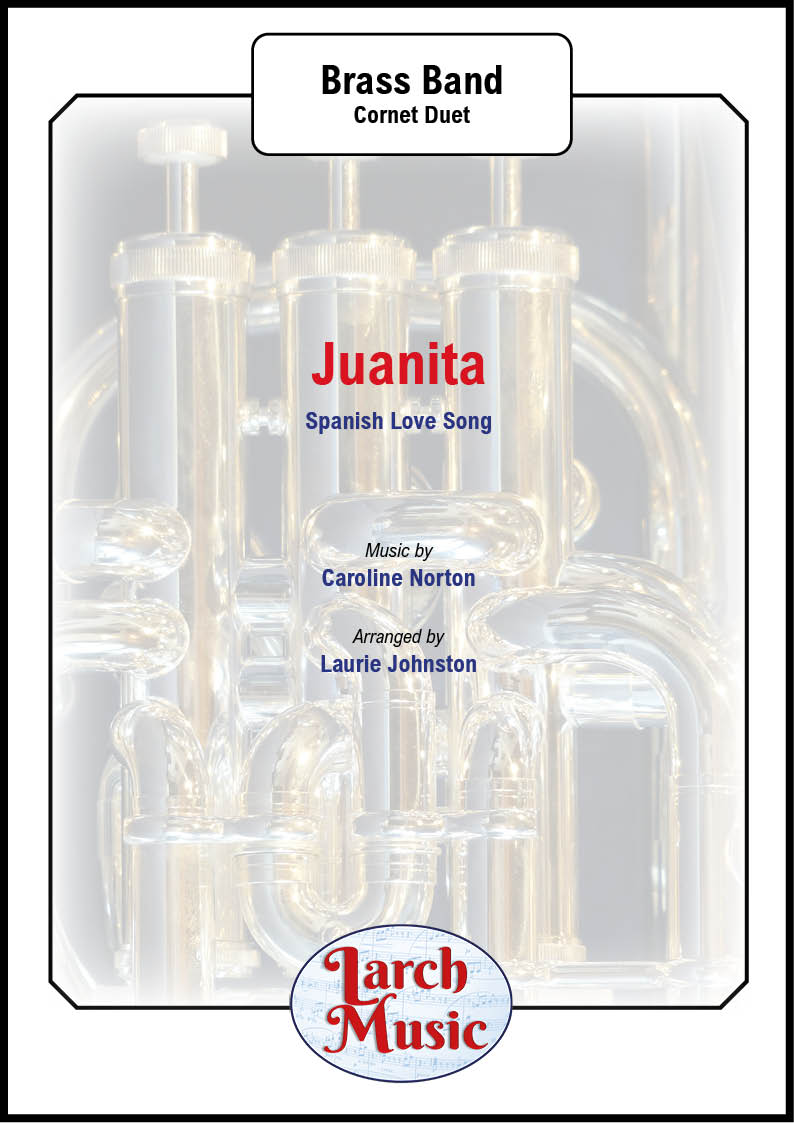 £25.00
£25.00Juanita - Cornet Duet & Brass Band - LM832
COMPOSER: Caroline NortonARRANGER: Laurie JohnstonA great new addition to the Cornet Suet repertoire.
In Stock: Estimated dispatch 3-5 working days
-
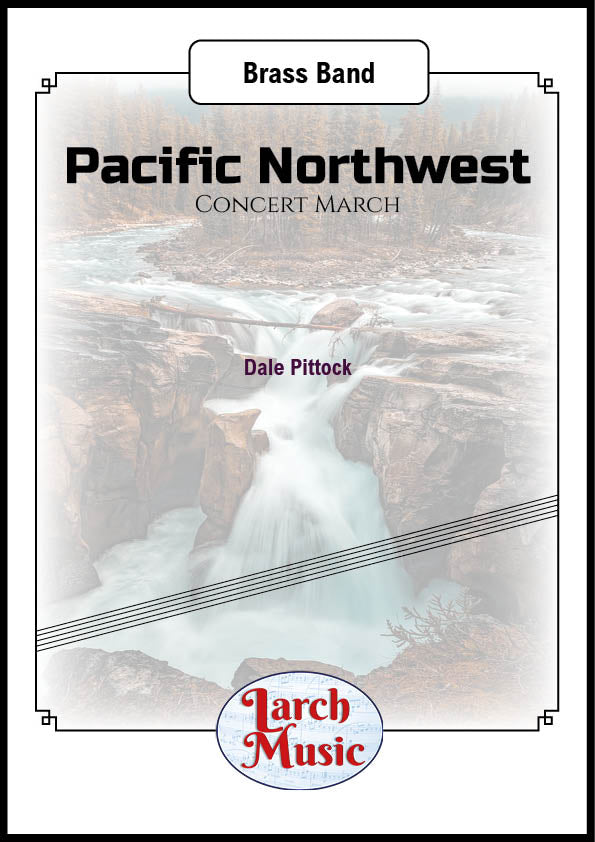 £30.00
£30.00Pacific Northwest (Concert March) (Dale Pittock) - Brass Band Full Score and Parts - LM481
COMPOSER: Dale PittockA great new concert march to add to the repertoire.LM481ISMN : 9790570004812
In Stock: Estimated dispatch 3-5 working days
-
 £56.00
£56.00One Small Step (Brass Band - Score and Parts) - Fernie, Alan
New entertainment concert item from the pen of Alan Fernie.
Estimated dispatch 7-14 working days
-
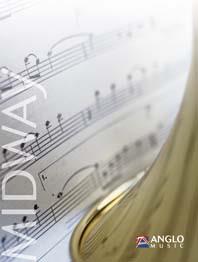 £91.99
£91.99Fiesta de la Vida (Brass Band - Score and Parts) - Sparke, Philip
The Latin American mood of this piece is truly infectious and will make all players, and audience members, get up and dance.Why not add a little Latin spice to any concert with this lively new work.Duration: 8:45
Estimated dispatch 7-14 working days
-
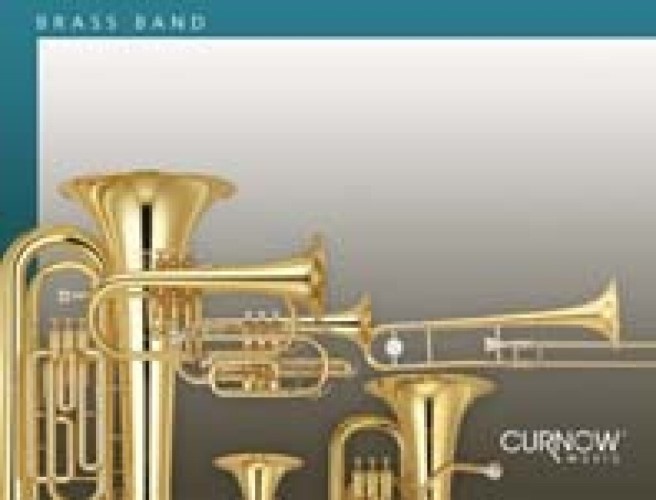 £67.50
£67.50Tone Builders for Developing Bands (Brass Band - Score and Parts) - Curnow, James
Exceptionally useful! This collection of 24 etudes is specifically designed to help develop good individual and ensemble tone production and intonation. Citing tone production as one of the most important facets of good playing, Jim Curnow starts beginning players with material they have learned in their beginning method books, and then moves on to new and more advanced concepts. A great aid for your program!
Estimated dispatch 7-14 working days





